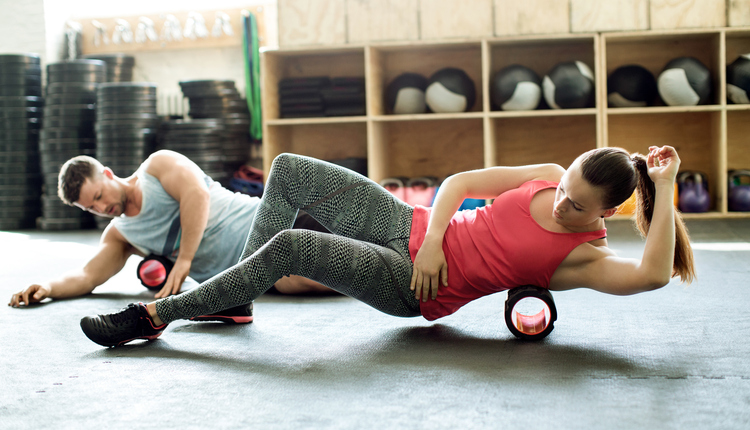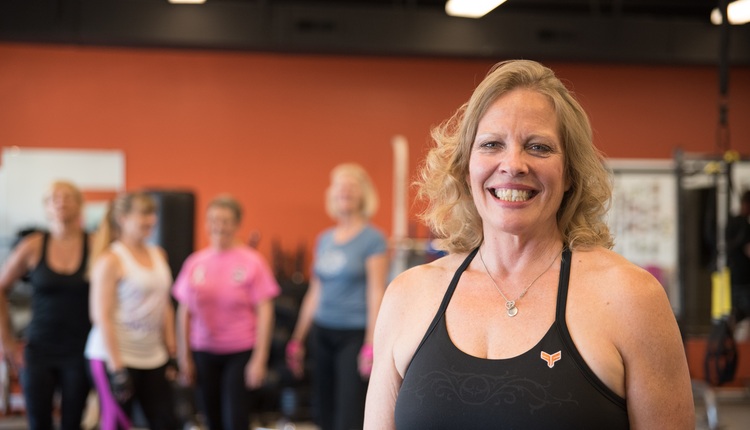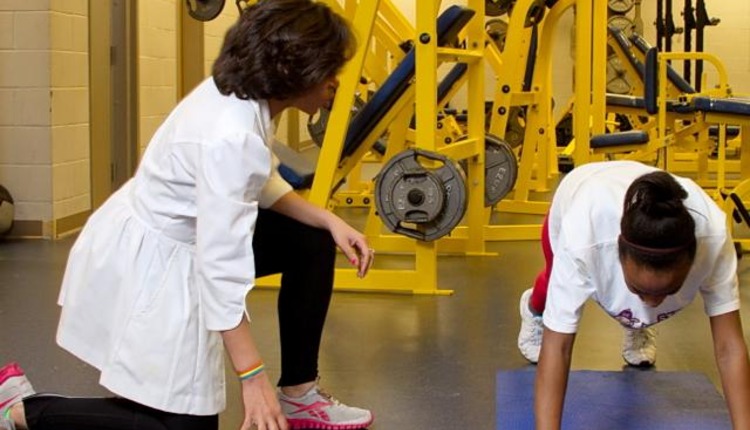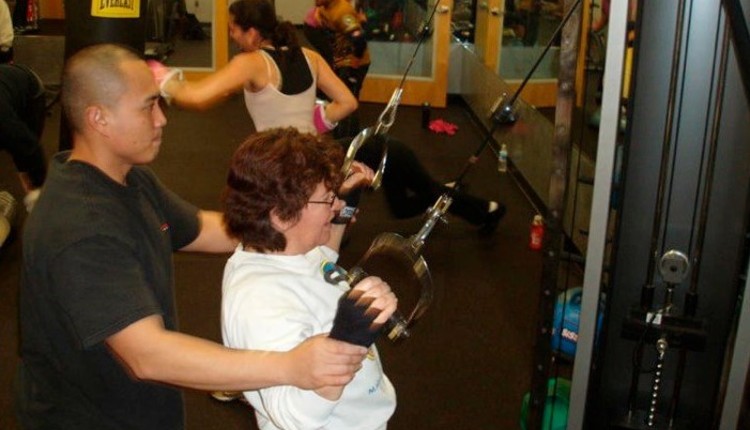
When personal trainer Shanti Rainey was hired by the University of St. Thomas as a functional fitness expert focusing on soft-tissue release techniques more than a decade ago, foam rolling was almost unheard of. When he first began introducing foam rolling to his clients, including athletes competing on the state and national levels, he says they looked at him like he was crazy. That is, until members of the college teams he coached started setting records. “I was doing a lot of little things that other coaches weren’t doing,” said Rainey. “I wasn’t just looking at strength, and I wasn’t just looking at speed development. I was looking at these as a by-product of function.”
Now the owner of ZeSa Fitness, with a studio in Minneapolis, Rainey has adopted “function first” as a mantra to remind clients of the importance of functional fitness – which is to improve elemental aspects of fitness like balance, coordination and flexibility in order to build to a higher level of performance. “The most important aspect of fitness is to stay functional. All other aspects of fitness follow suit,” said Rainey. “One major way to improve function is to keep yourself flexible and mobile and the foam roller does a brilliant, almost magical job of doing that,” Rainey added.
The benefits of foam rolling are many – including increased flexibility, increased circulation, and the reduction of inflammation through trigger point release. In addition to enhancing functional fitness, foam rolling releases soft tissue which helps speed up the recovery process. “If we can get these athletes to recover faster, we can implement all of these other modalities,” said Rainey. “Integrating foam rolling into a program unequivocally improves recovery time, and over the course of a season it adds up to a marked difference.”
Rainey advises his athletes to use a foam roller pre-game to improve range of motion and circulation, during a game to relieve muscle tension and after a game for recovery. Clients who aren’t competing but are simply working to reach a higher level of fitness, can gain the same benefits from foam rolling and Rainey believes that foam rolling before and/or after a workout can be a great time for self-discovery.
“Foam rolling provides a great opportunity to evaluate and determine sites that are sore and where imbalances lie. If you discover an area of tightness, your body is giving you feedback, so it’s important to focus on it,” Rainey said. Spending anywhere from 30 seconds to 3-5 minutes foam rolling an area of soreness can help release that tension, mitigating the chance of injury.
After 20 years in the industry, Rainey enjoys being a product and fitness expert who collaborates with OPTP to bring innovative new fitness tools and equipment to market. He’s happy to provide insight to his clients; including the insight that it’s the little actions, like foam rolling, that lead to big results. “Function comes first,” said Rainey. “And that leads to optimum performance, which is what every athlete and fitness enthusiast wants to achieve.”
















